“Normal customers won’t find out whether it’s rear- or front-wheel drive. 80% of all 1 Series we sell have an engine that makes less than 150hp. We have a big volume of smaller engines and front-wheel drive is not really a disadvantage. Customers want a BMW but we know rear-wheel drive is not a reason to buy the car,” explains chassis engineer Johannes Kühberger.
Besides, BMW came well prepared to this battle, with xDrive all-wheel drive for the upper end of the model line-up. The ARB traction control system shared with the 1 Series comes from the i3S, putting the engine’s ECU in charge of keeping the 2 pointed in the right direction by comparing data sent by the stability control system to the crankshaft’s rotation speed. This technology allows faster, more precise control of wheelspin. BMW also made the 2’s body stiffer by adding extra bracing in the engine bay and boomerang struts linking the rear sub-frame to the body.
Hardware and software come together to make the 306bhp M235i sharp, balanced and enjoyably predictable to drive. The xDrive all-wheel drive system does an excellent job of using both axles to juggle power as-needed to provide maximum grip, shuffling up to 50% of the turbo four’s output to the rear wheels. The Gran Coupe is inevitably a little bit front-heavy, it feels pulled rather than pushed, but a jaunt on the twisty roads around Munich reveals BMW’s chassis wizardry largely lives up to its promise of keeping understeer at bay. The steering is direct and well-weighted, though Kühberger warns development work is on-going and the car hasn’t been signed off yet.
The 2.0-liter shows its teeth as soon as we touch the throttle. It’s quick in a straight line, we peg its 0-60mph time in the 5sec range, and it builds speed in a smooth, linear manner. The M235i reaches and holds autobahn speeds with the confidence we expect from a BMW and flicking the drive mode selector into comfort turns it into a docile cruiser that goes easy on the spine.
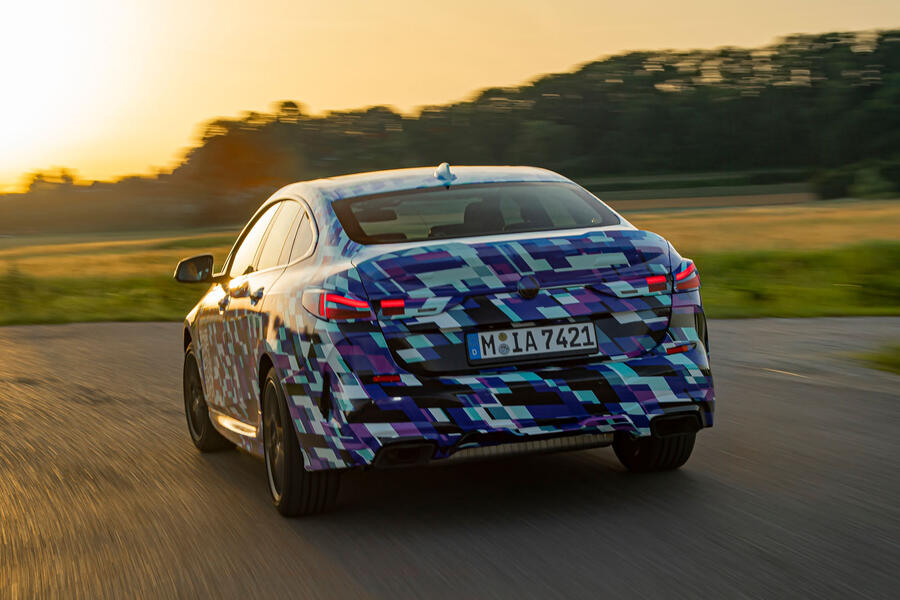
The 228i xDrive carries itself like its more powerful sibling in the twisties but it reaches the limits of grip and performance sooner. This is a case of buyers getting what they pay for. As a trade-off, its less aggressive suspension tuning delivers a more comfortable ride in everyday driving conditions.
The line-up will also include smaller engines, notably turbodiesels, and front-wheel drive variants. Florian Moser, the spokesperson for the 1 and 2 Series line, told us the FAAR platform is ready for electrification but it’s too early to tell what the future holds for the Gran Coupe’s powertrain portfolio.
Our brief drive behind the wheel of pre-production prototypes suggests BMW managed to make the 2 Series Gran Coupe usable and reasonably comfortable without muting its performance genes. It certainly doesn’t feel as lively as a 2 Series coupe but it behaves like a proper sports saloon.


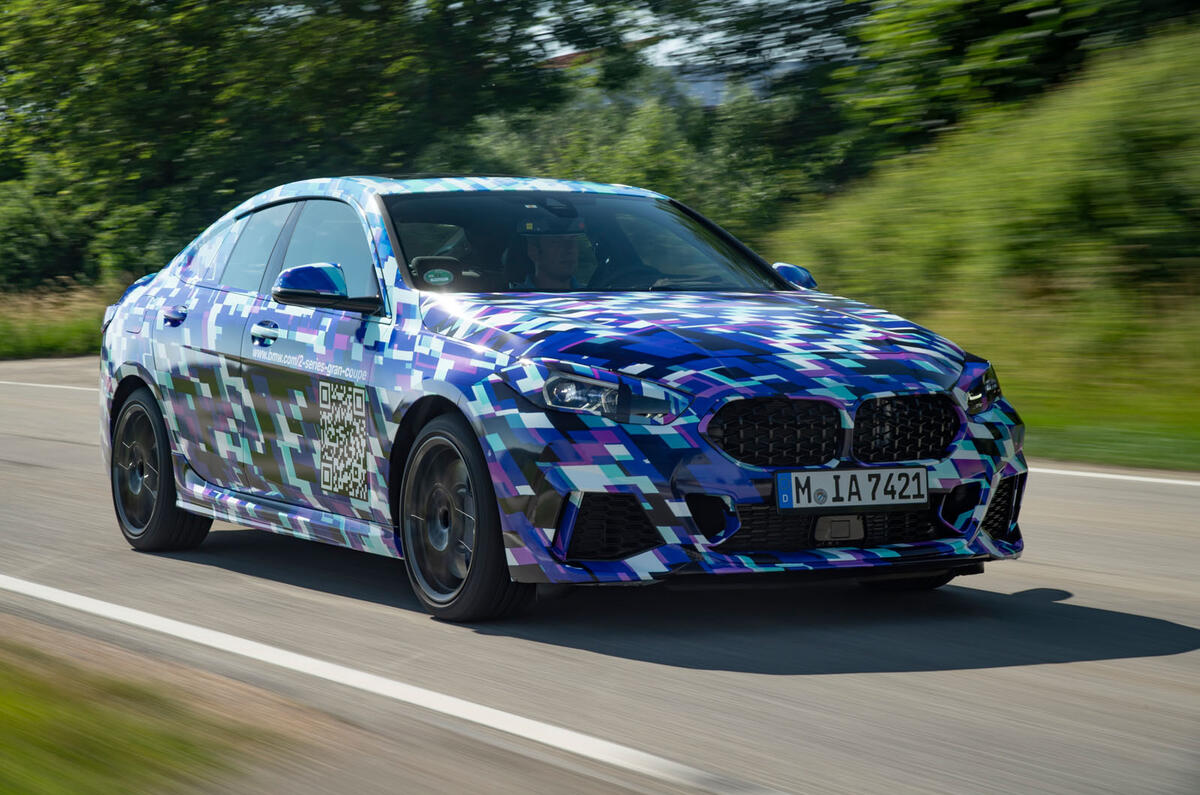
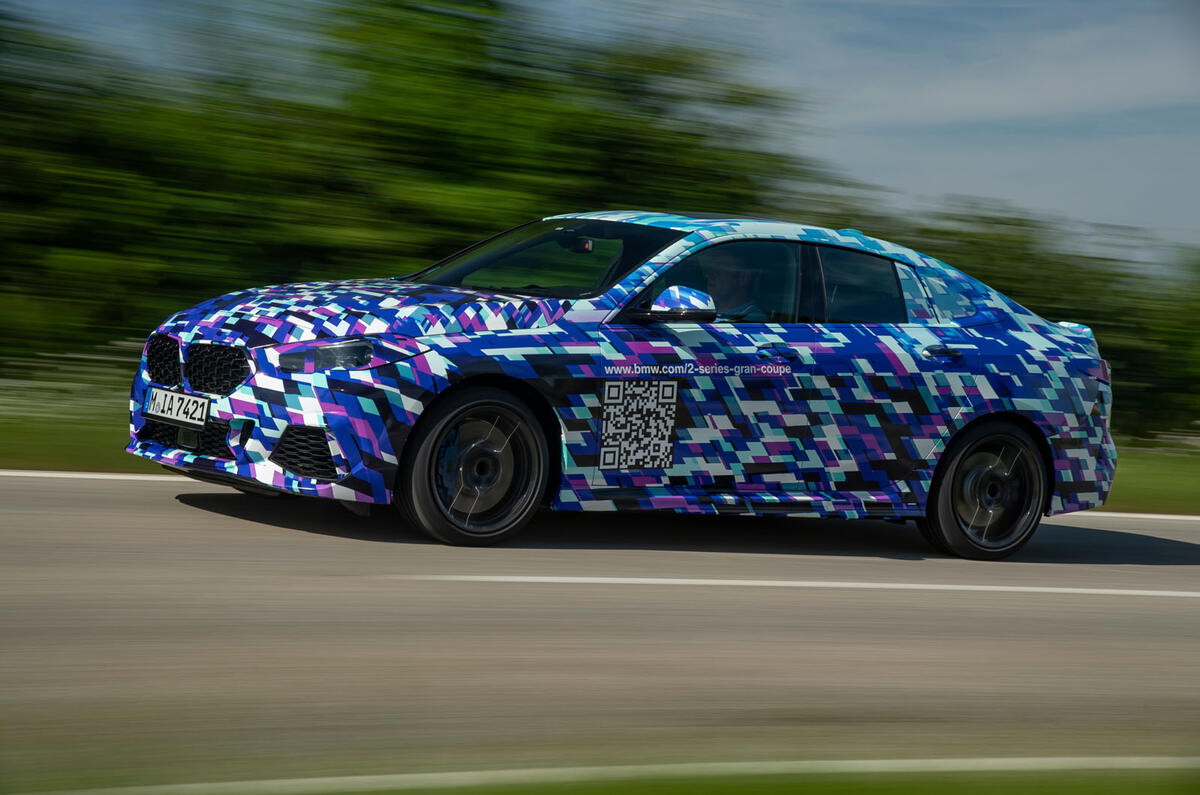
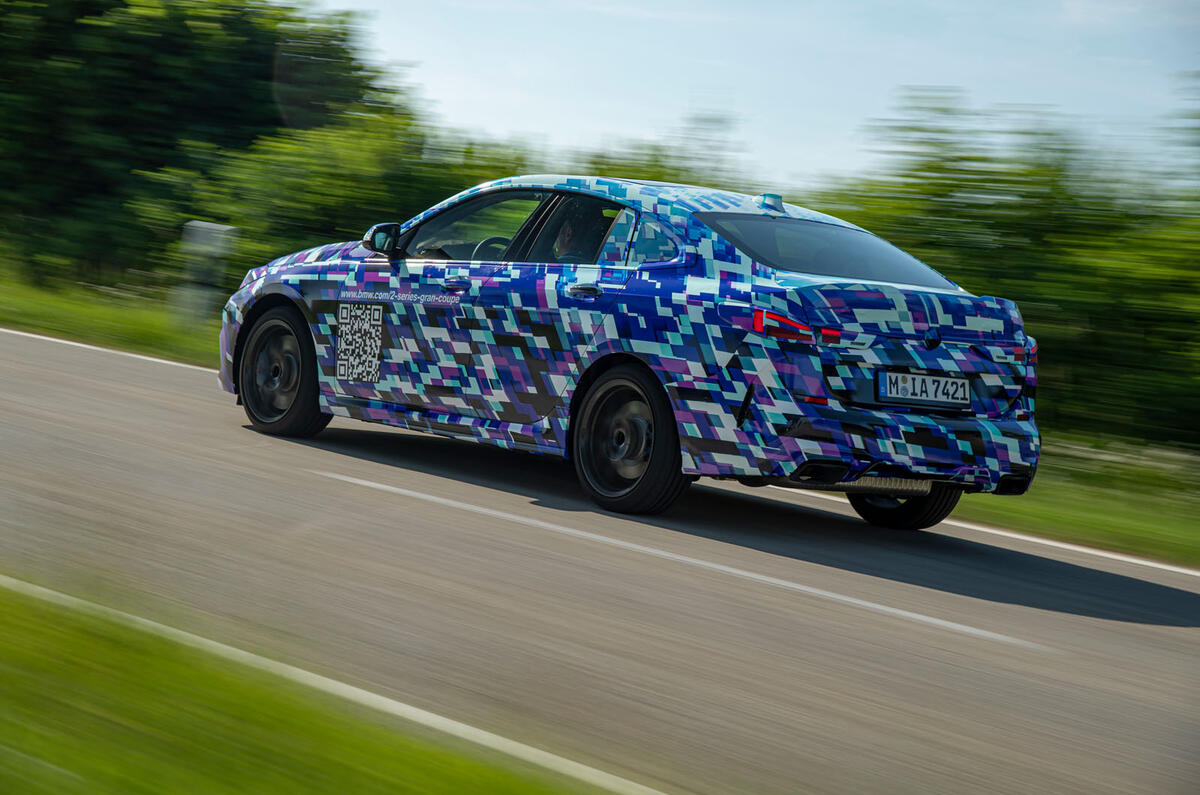
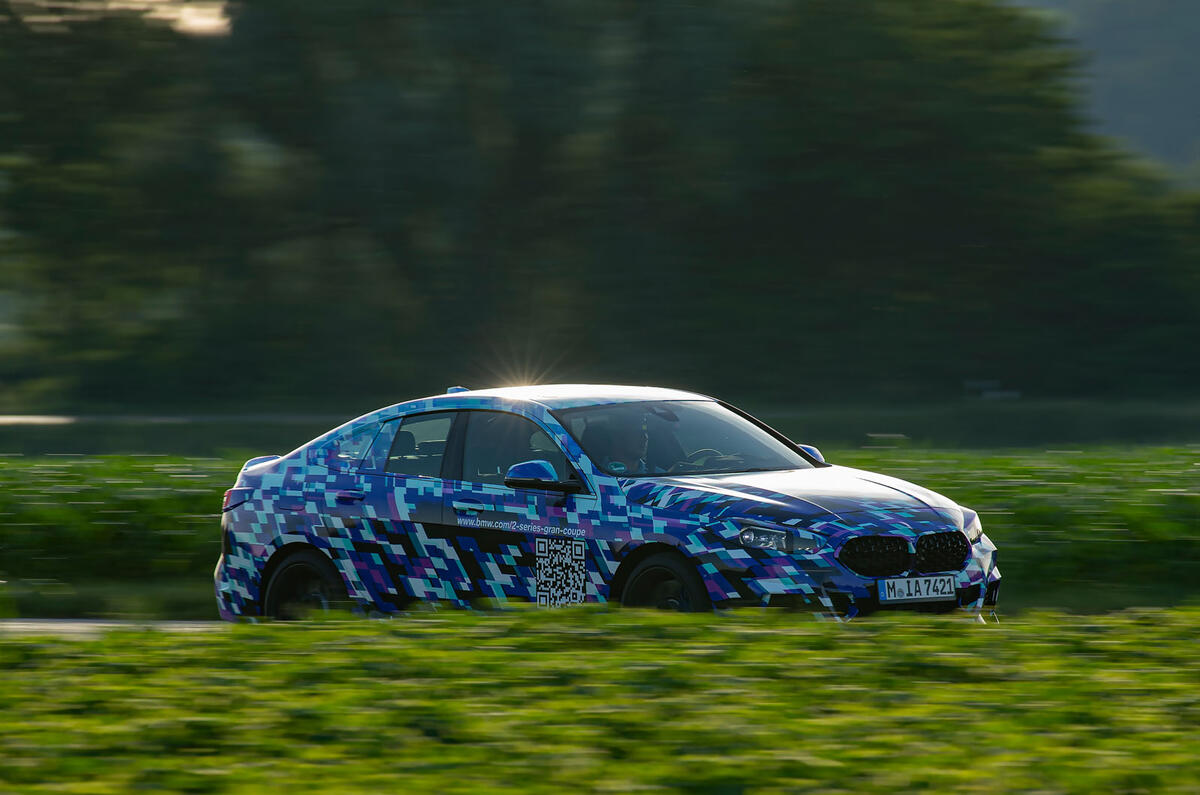
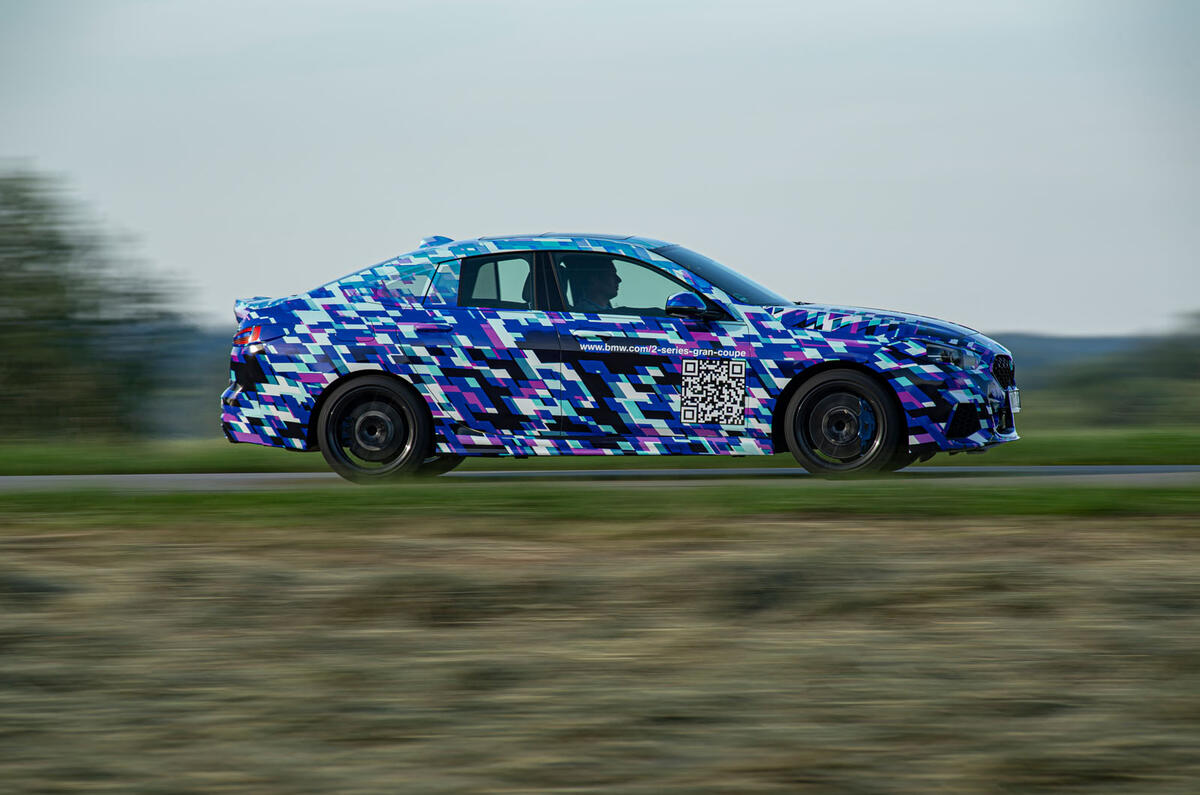
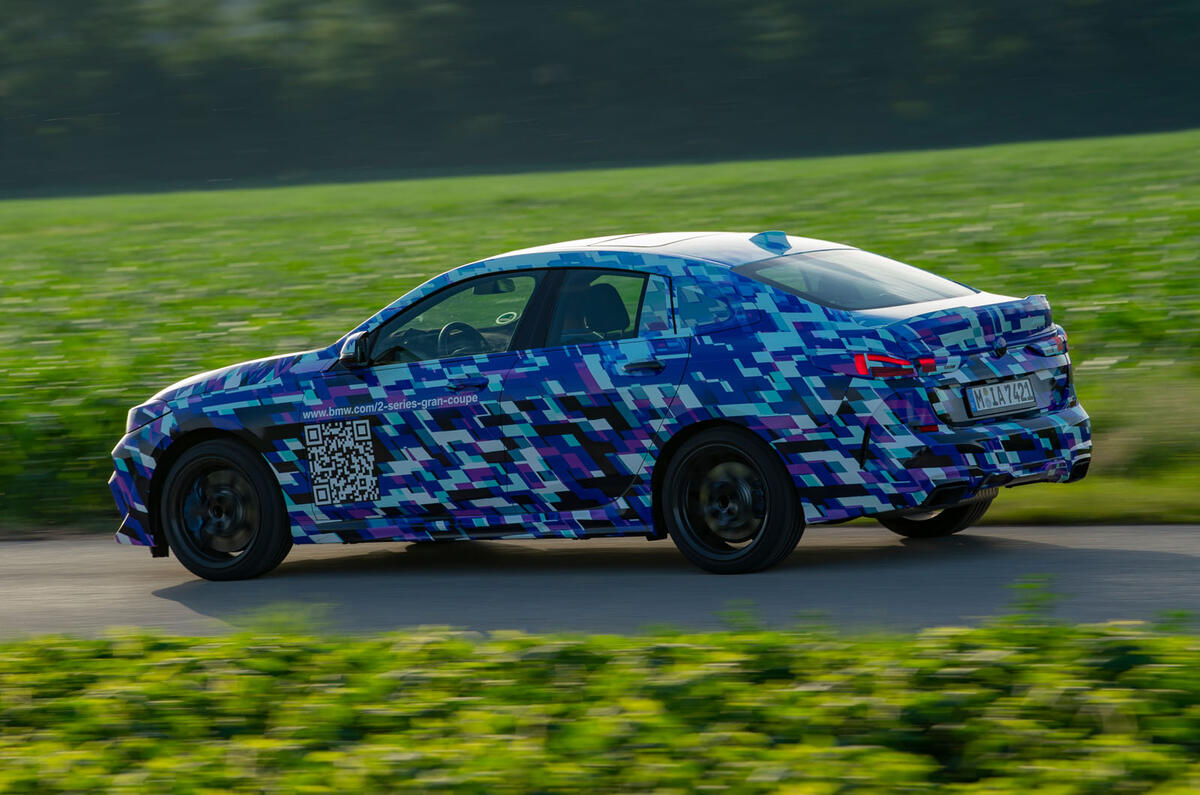
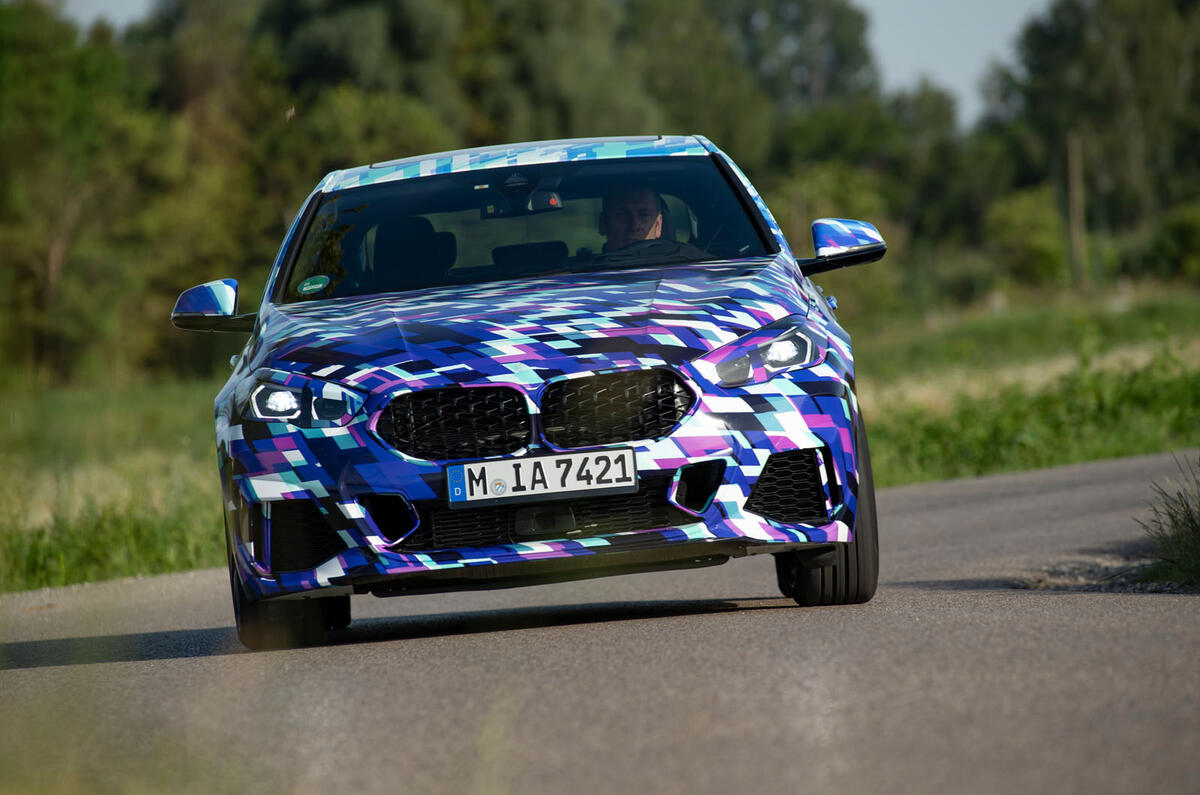
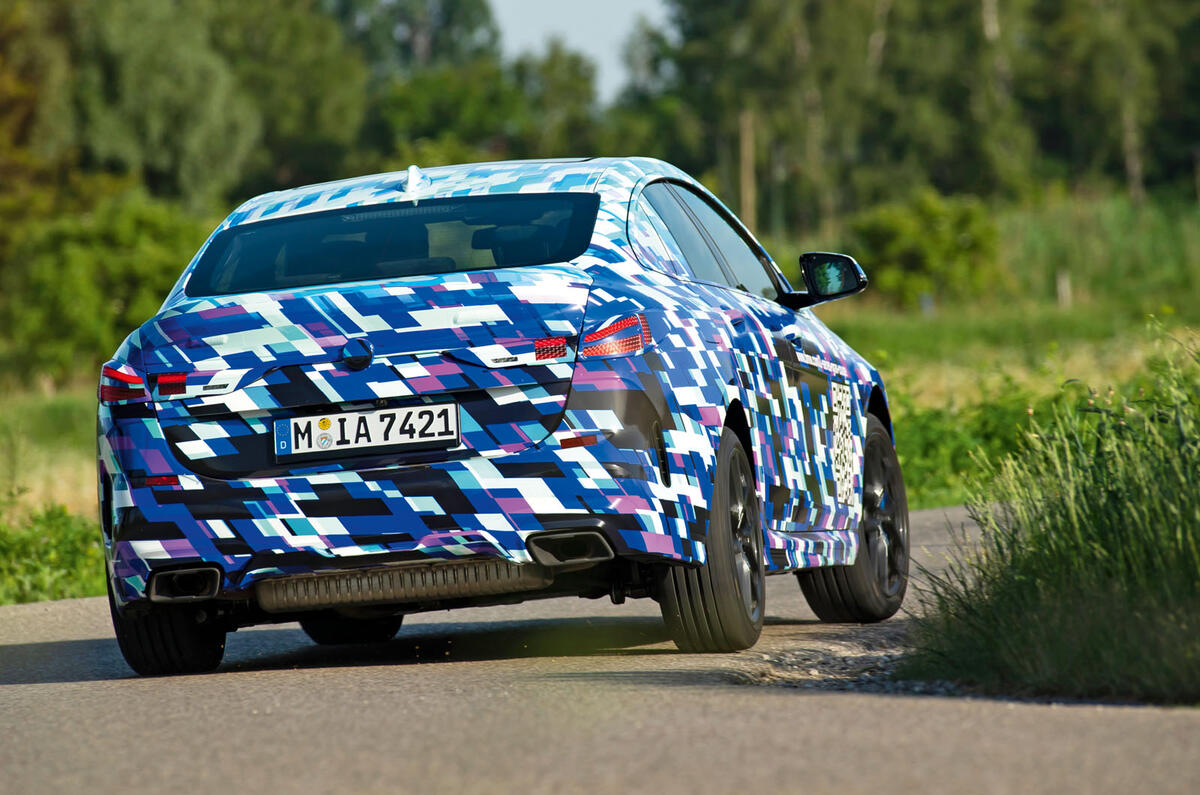
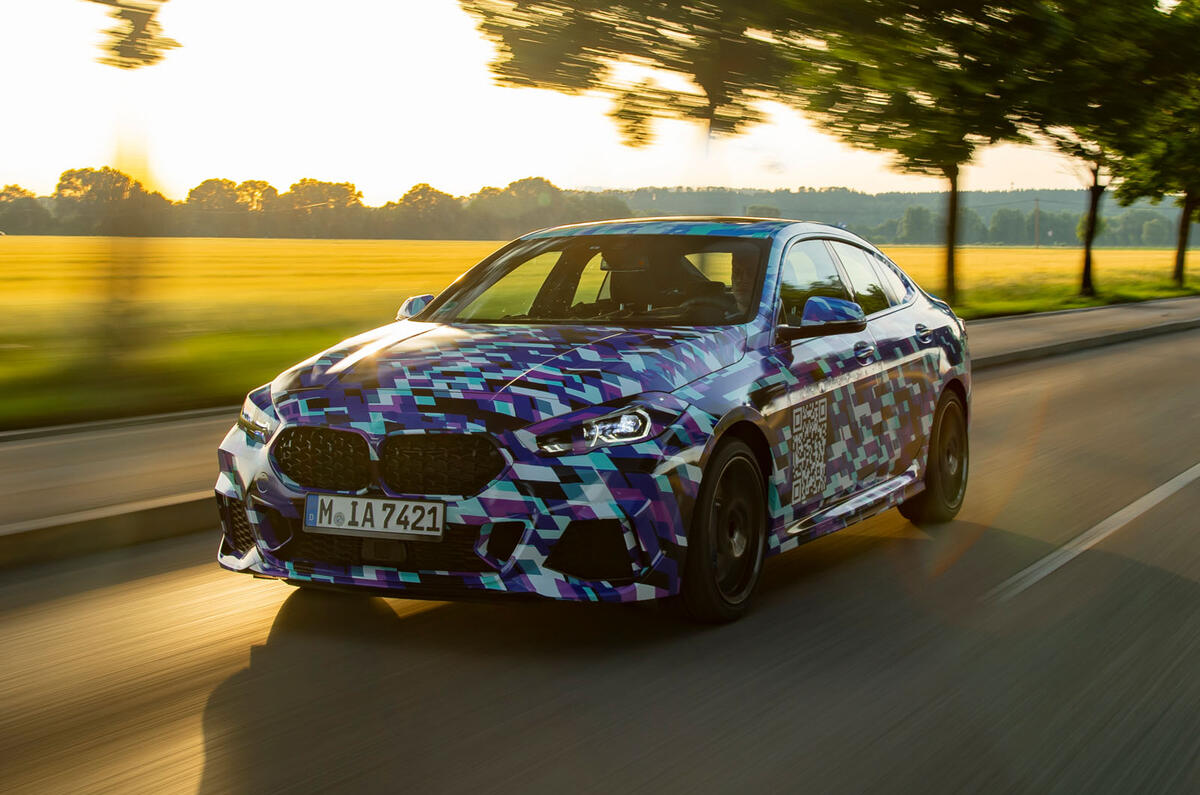
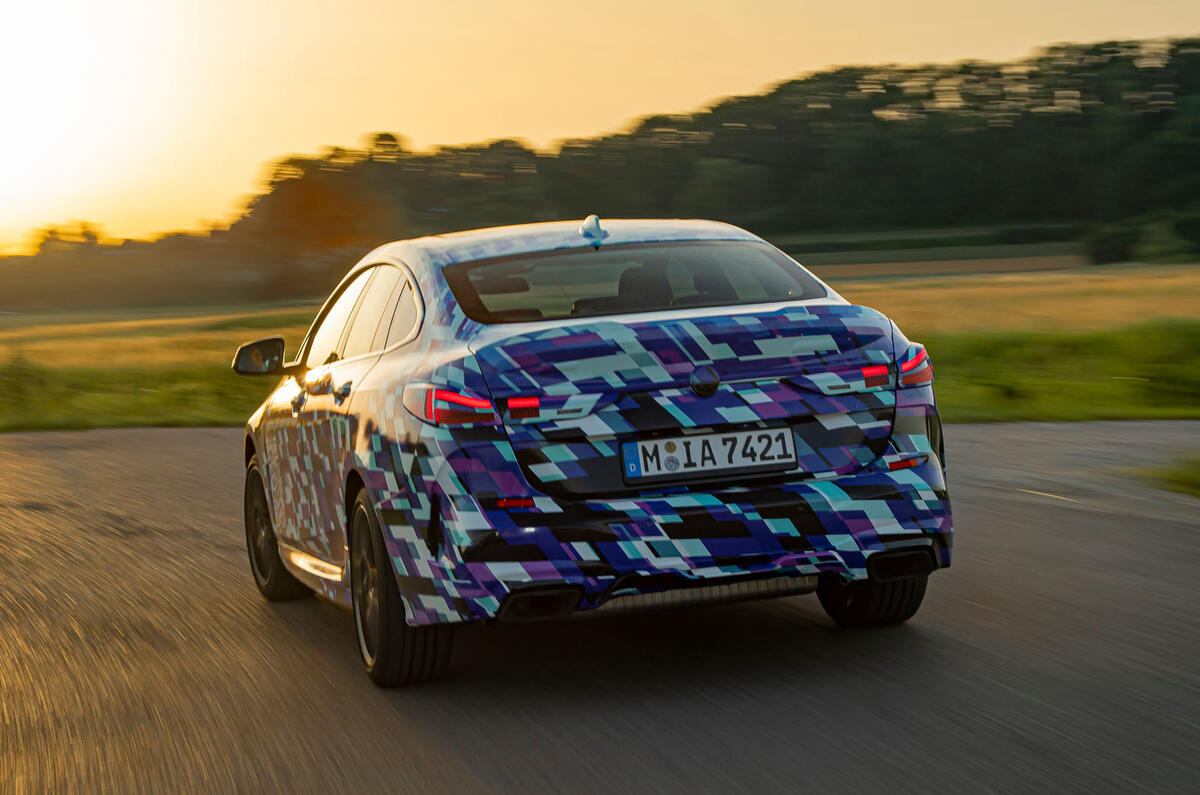
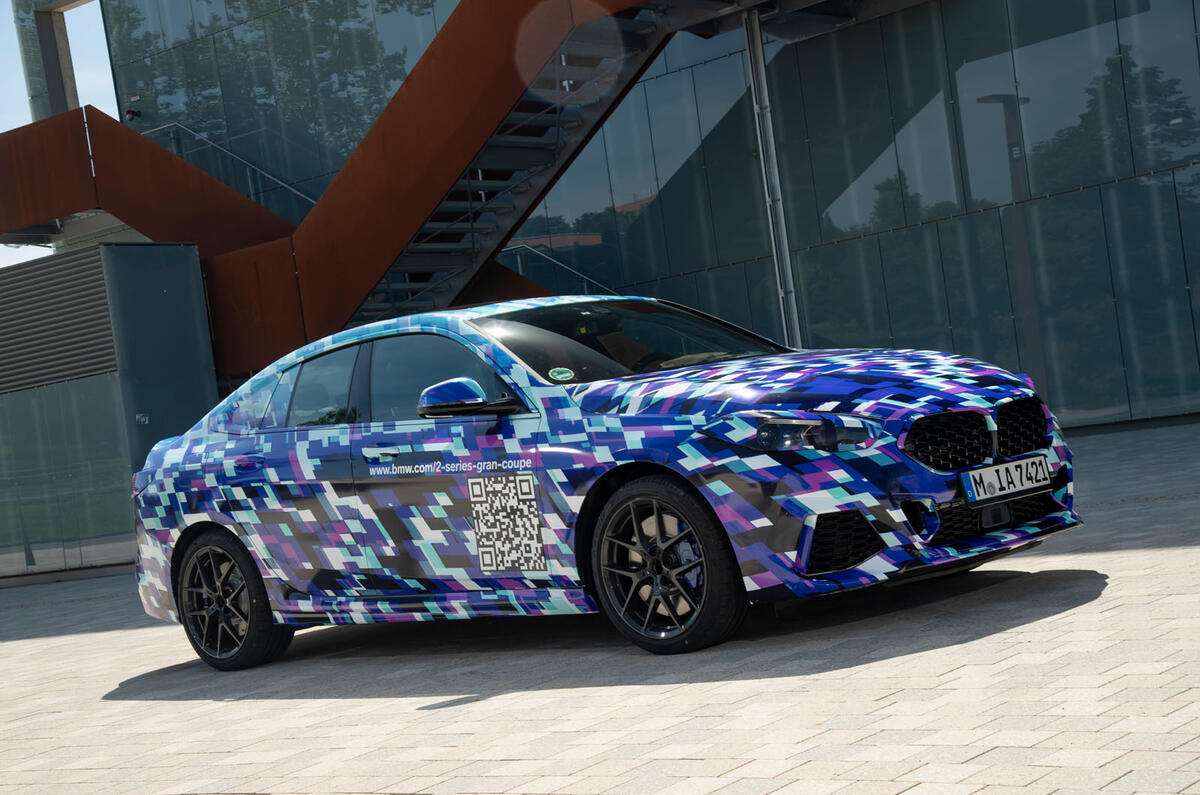
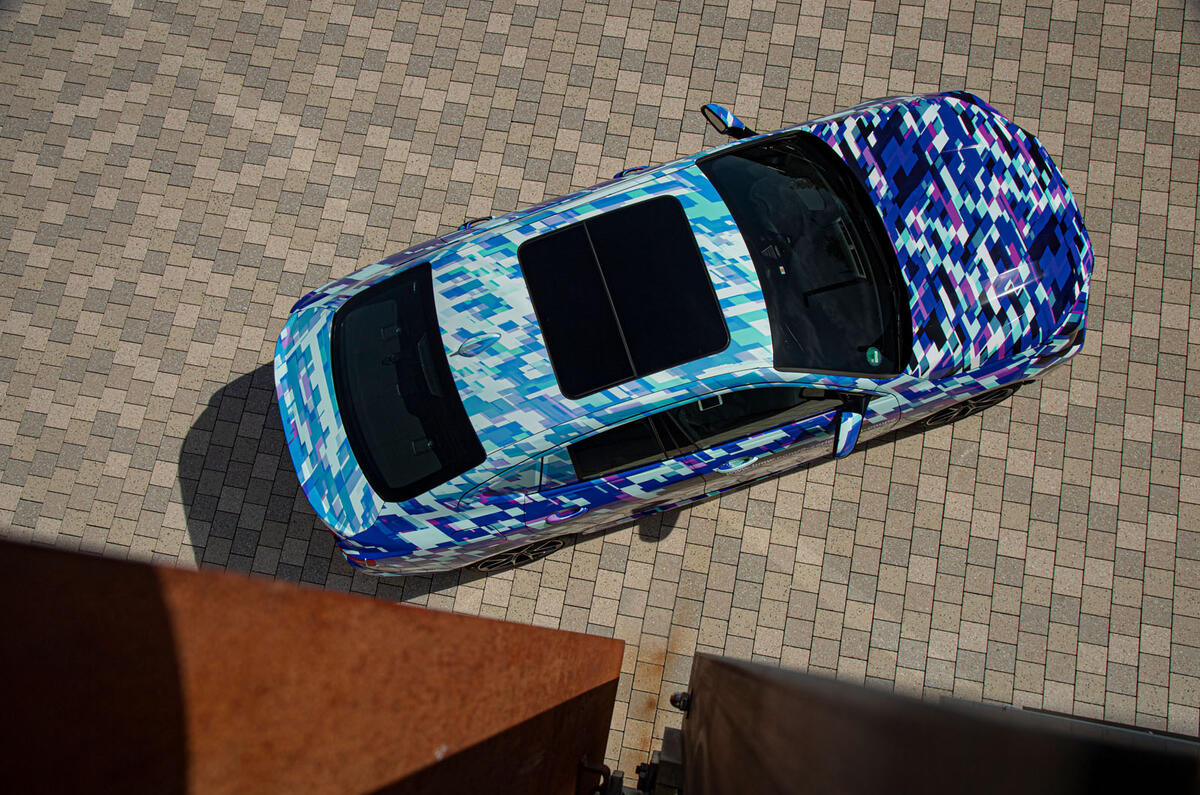
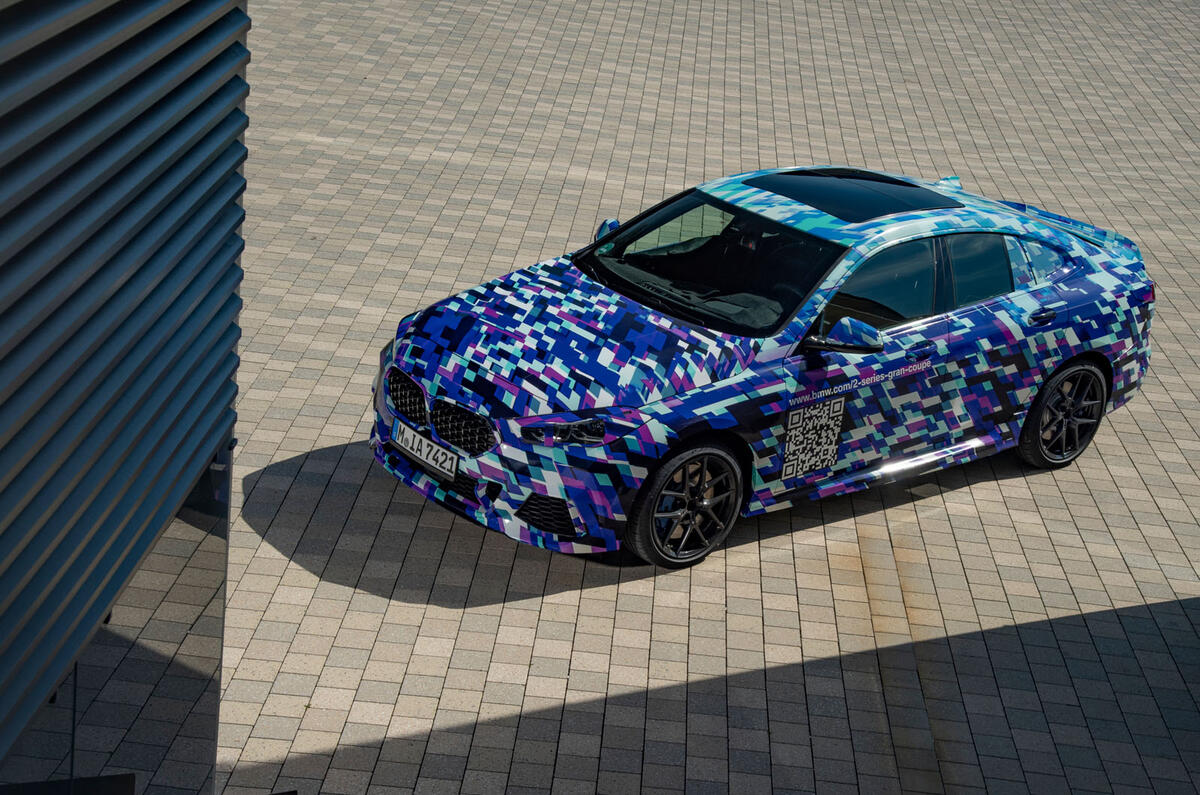
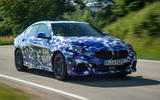
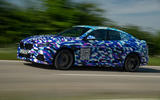
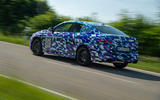
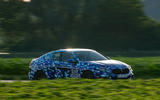
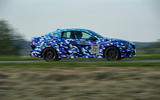
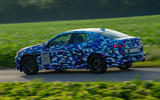
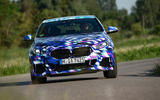
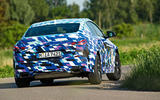

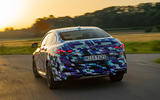
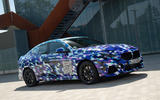
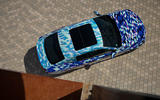


Add your comment